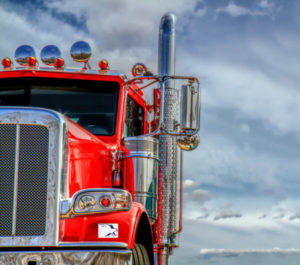
With summer’s soon arrival, expect an abundance of traffic on Oklahoma roads as drivers travel on vacation and truckers haul tons of cargo. Drivers must understand that sharing the road with these colossal vehicles that weigh several tons requires extra caution.
With more people traveling on the roads from Memorial Day through Labor Day, expect greater chances of collisions – some with large trucks. What are the potential dangers? These much larger vehicles may cause extreme destruction, severe injuries and death.
More traffic, road construction and fatigue
Throughout the country in 2020, nearly 5,000 died and close to 147,000 people were injured in crashes that involved large trucks, according to the National Highway Traffic Safety Administration (NHTSA). A total of 89 of those deaths took place in Oklahoma.
Many of these crashes involving large trucks occur during summer, and here are some of the reasons why:
- More large trucks are on the road.
- There is a lot more traffic, not just from large trucks but from a variety of other vehicles.
- The increased number of road construction projects disrupts traffic.
- The hotter weather may lead to vehicle problems. For example, it may cause greater tire pressure, leading to blowouts and truck drivers losing control of their vehicles.
- Fatigued and distracted driving may happen as truckers may work longer hours in taking advantage of the summer daylight. And the increased use of handheld devices behind the wheel remains a hazard.
Understand the potential dangers when sharing Oklahoma roadways with large trucks. If a collision occurs, know that your smaller vehicle stands little chance. According to the NHTSA, 72% of the large trucks involved in fatal collisions weighed more than 13 tons.
Safe trips require defensive driving
You want a safe summer driving season, so please abide by defensive driving. Those large trucks will be there so take precautions such as staying out of the truck driver’s blind spots, not following too closely and giving them space when the truck driver changes lanes in front of you.